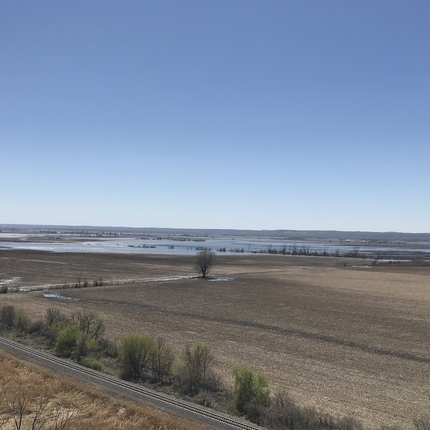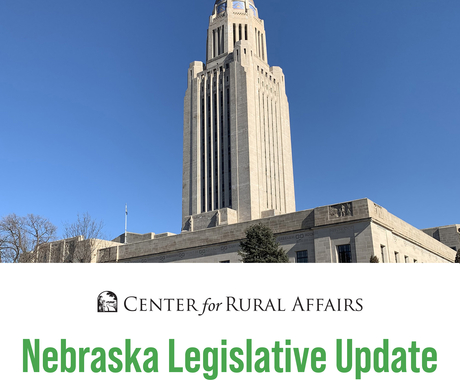By Roz Brown, Public News Service - Iowa
Iowans are being asked to use last month's catastrophic flooding as leverage to renew conversations about prevention and state water quality, since climate-change experts warn such incidents will become more frequent.
Flooding in 2008 led state lawmakers to create the Iowa Flood Center to mitigate the effects of future flooding. Three years ago, the federal government also got involved, providing nearly 100-million dollars to the state for the Iowa Watershed Approach.
East and West Nishnabotna Rivers Watershed Coordinator Cara Marker-Morgan says new tools identify problems and create a timeline for solutions.
"The idea of this watershed plan is to slow the water down in the north, and to help it saturate into the ground rather than barreling down the river straight for a community that's right on the river," says Marker-Morgan.
Governor Kim Reynolds announced the formation of the Flood Recovery Advisory Board earlier this week, requesting $25 million in state funds over the next two years for infrastructure repairs and housing. She noted, however, that much of the estimated $1.6 billion in money for recovery will need to come from the federal government.
Katie Rock, policy associate with the Center for Rural Affairs, says Iowa's Watershed Approach and Nutrient Reduction Strategy are progressive measures, but believes this year's floods provide another wake-up call.
"A lot of experts are saying, and reminding people, that this is the new normal in Iowa,” says Rock. “In 2018, Iowa experienced rainfall 38% above what's normal, so it's time to have an honest conversation about how we respond."
As a watershed coordinator, Marker-Morgan notes there are many communities in Iowa where the landscape has lost its natural resilience to floods, but funding to fix the problem remains a challenge.
"Landowners, and especially farmers, they don't always the funds to do these other things,” says Marker-Morgan. “But the practices aren't necessarily new. We all have done terraces or ponds. It's just the approach of doing it at a full watershed level; that is what is new."
The National Oceanic and Atmospheric Administration says nearly two-thirds of the lower 48 states face an elevated risk of flooding through the end of May.




